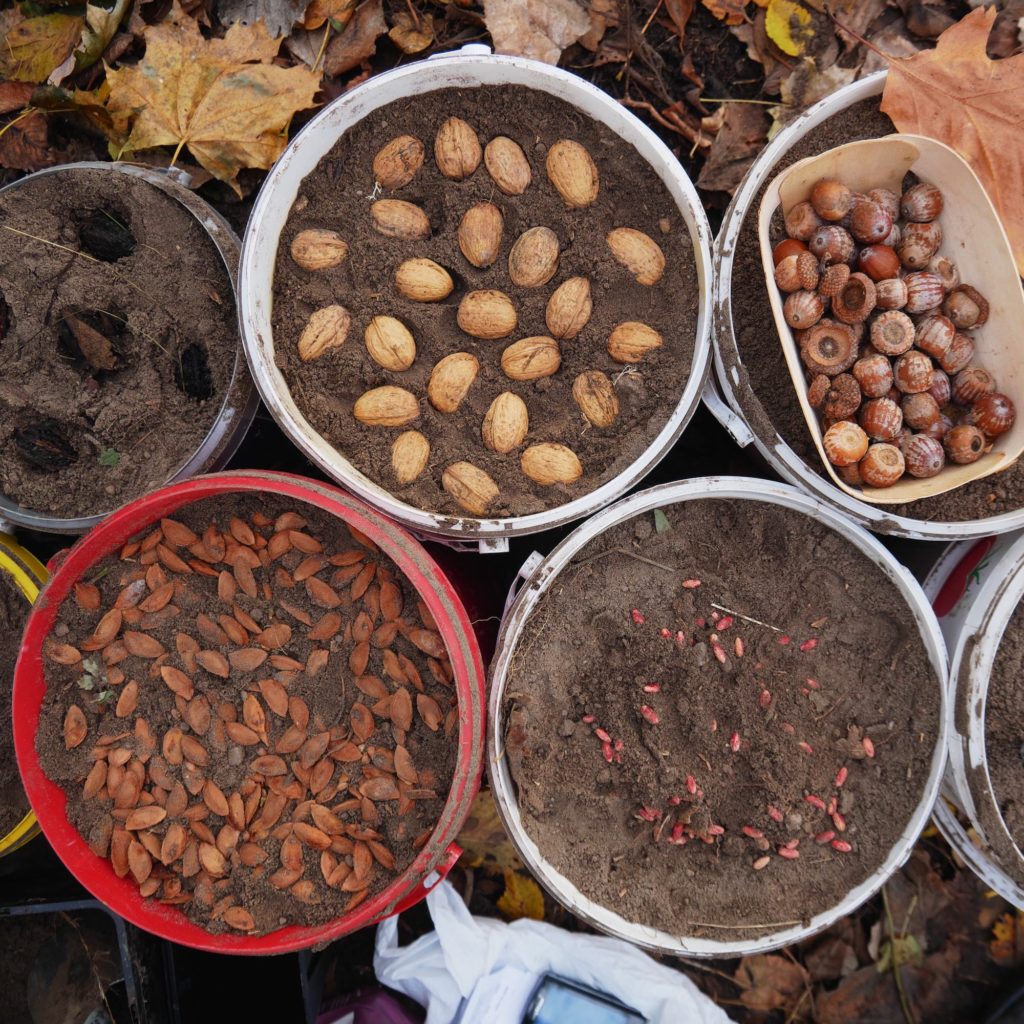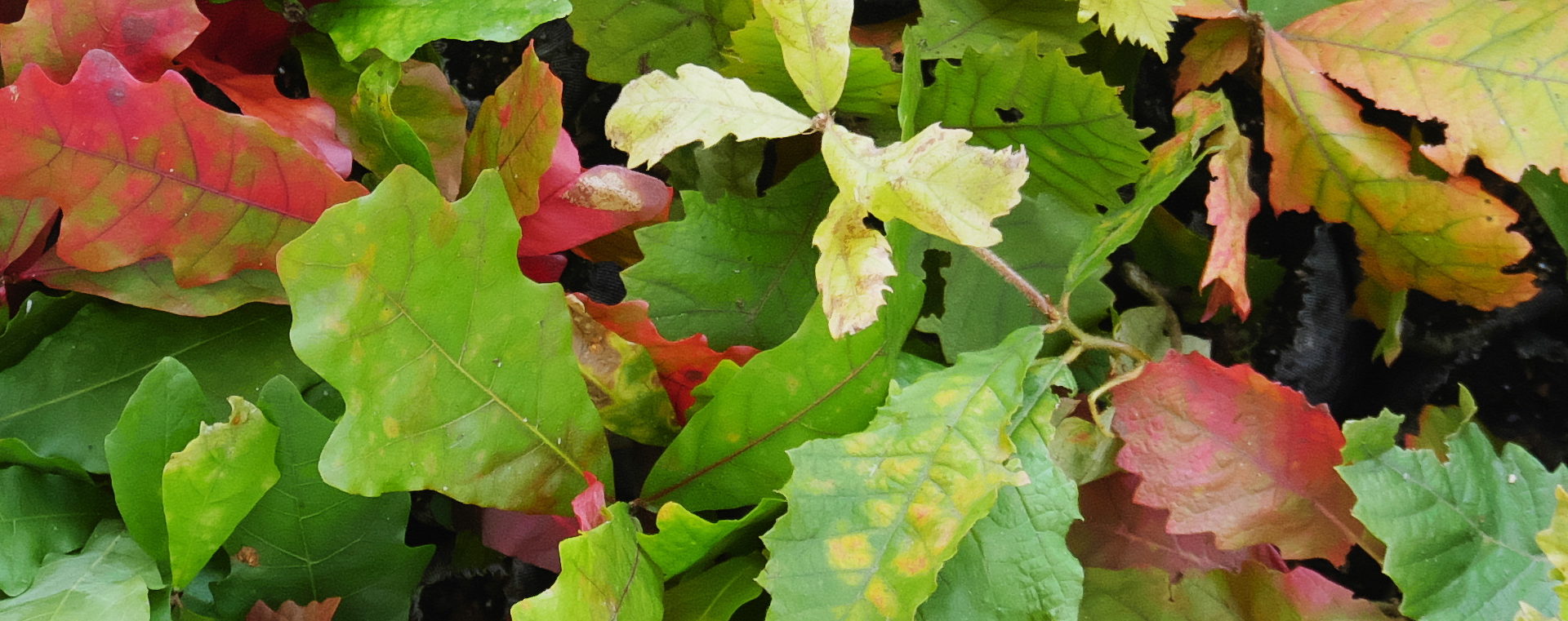Autumn marks the beginning of the transplanting and sowing season for trees. The strongest and best adapted trees are naturally obtained when the seeds are sown directly in their final location. However, for this, the position must be determined and the area must be prepared. If necessary, permits, such as those from the conservation authorities, must also be available, which cannot always be guaranteed immediately. Here a tree nursery is the suitable link, with which the process can be shortened by a few years.
That is why we are now launching our Shade Tree Nursery!
To implement this you can support us practically and also financially. Thank you very much!
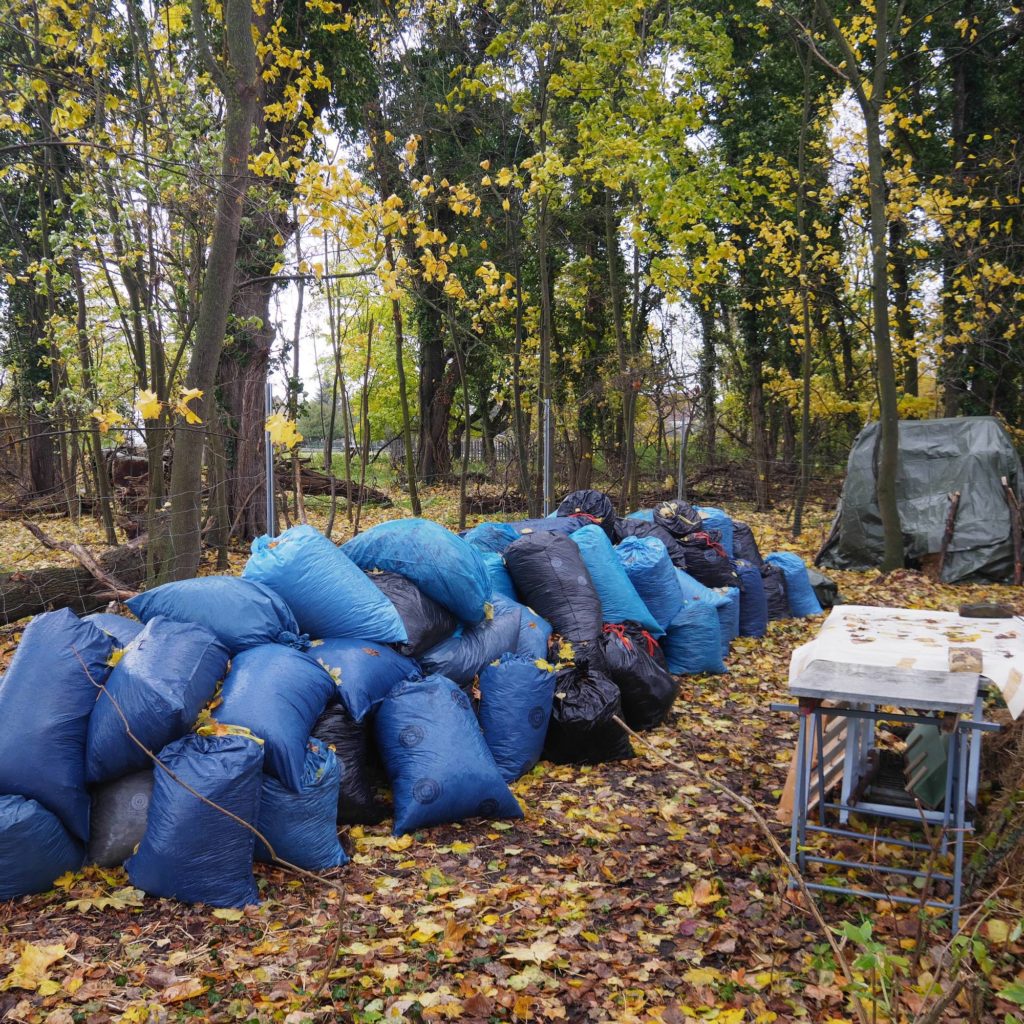
To ensure that we have enough planting material in the coming years, part of our northern forest will become a shade tree nursery. The former rubble heap from the post-war period has been unused so far and thus gets a new function. Shade-resistant tree species, such as the white oak, grow more slowly in the shade and thus form more stable stems.
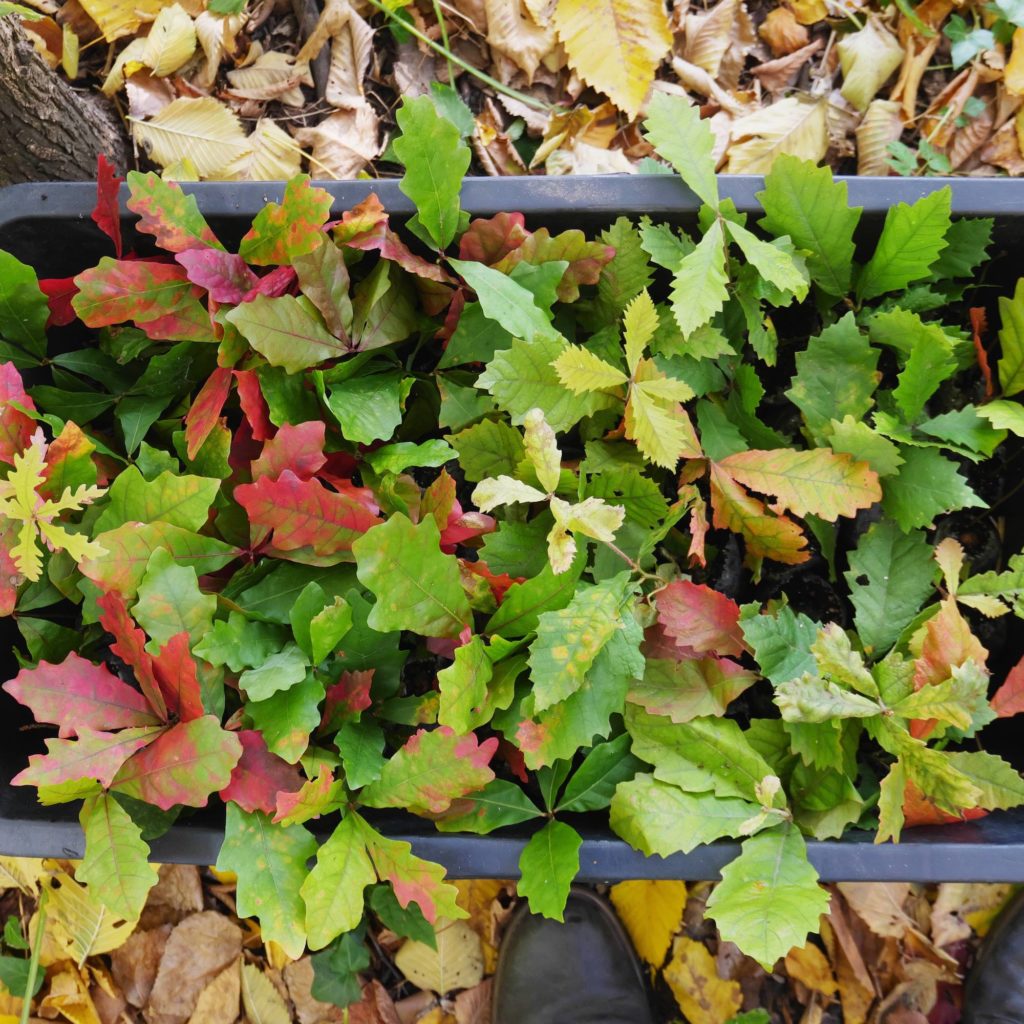
If you want to plant a forest, you have to have enough seeds or saplings! We get the basic stock of plants for the first year from a great nursery in southern Germany that already specializes in climate change-resistant trees.
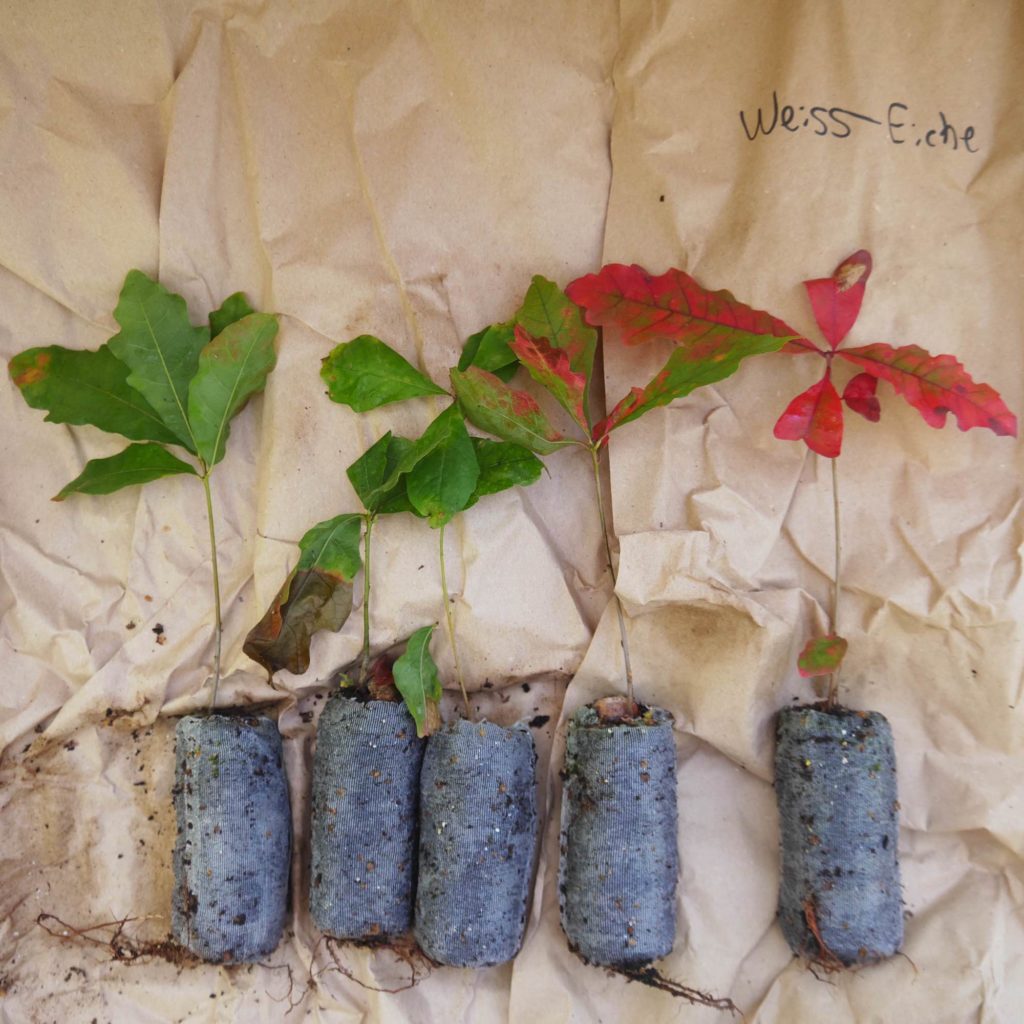
We want the trees to grow according to their nature right from the start, so we plant those varieties that form deep taproots in long and deep pots. This way, they are closer to the water right after planting and require less intensive care.
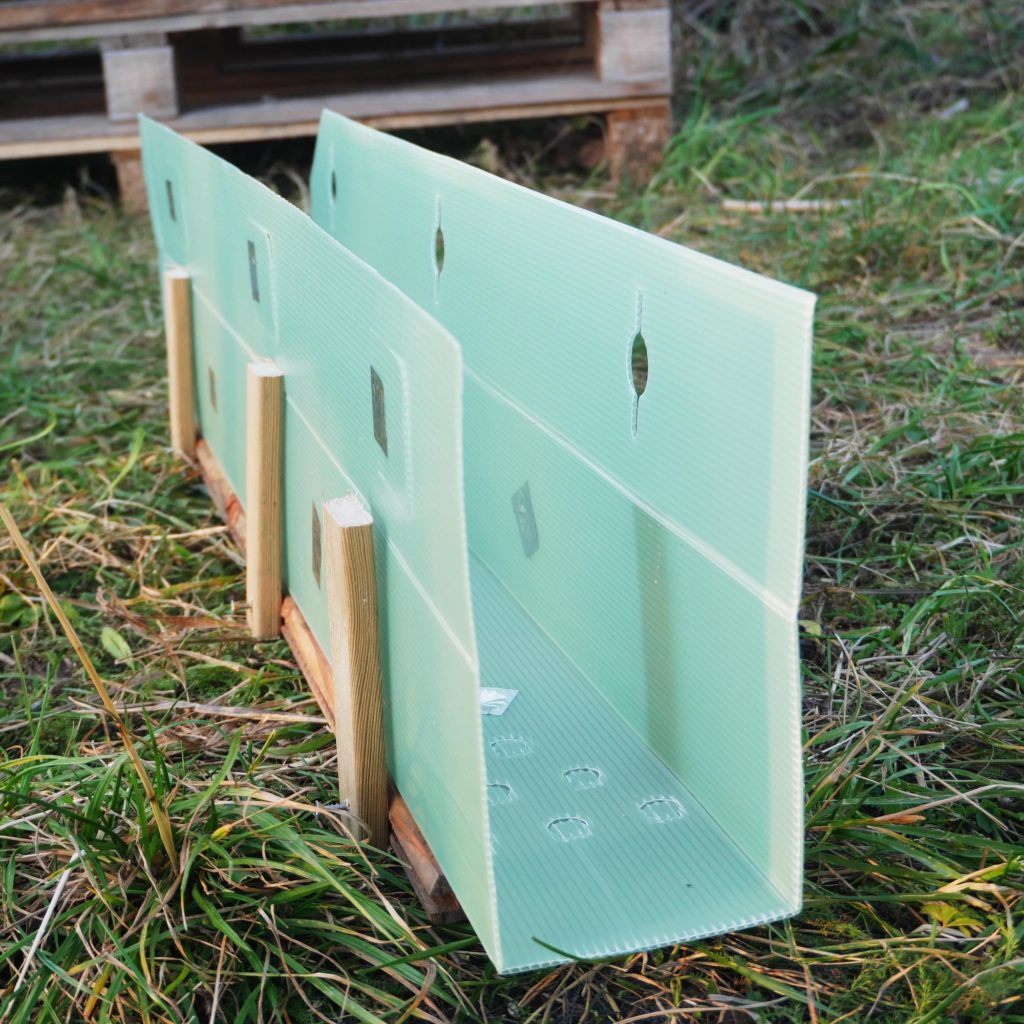
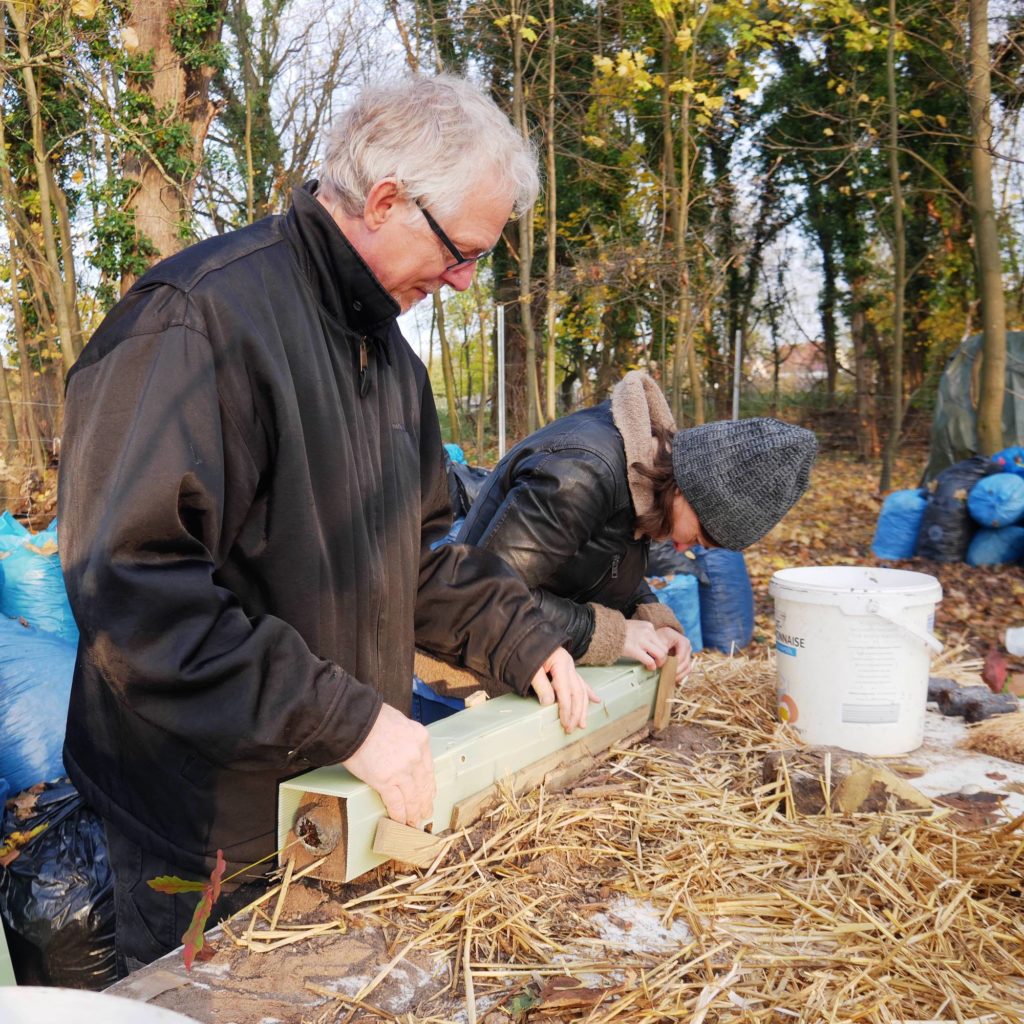
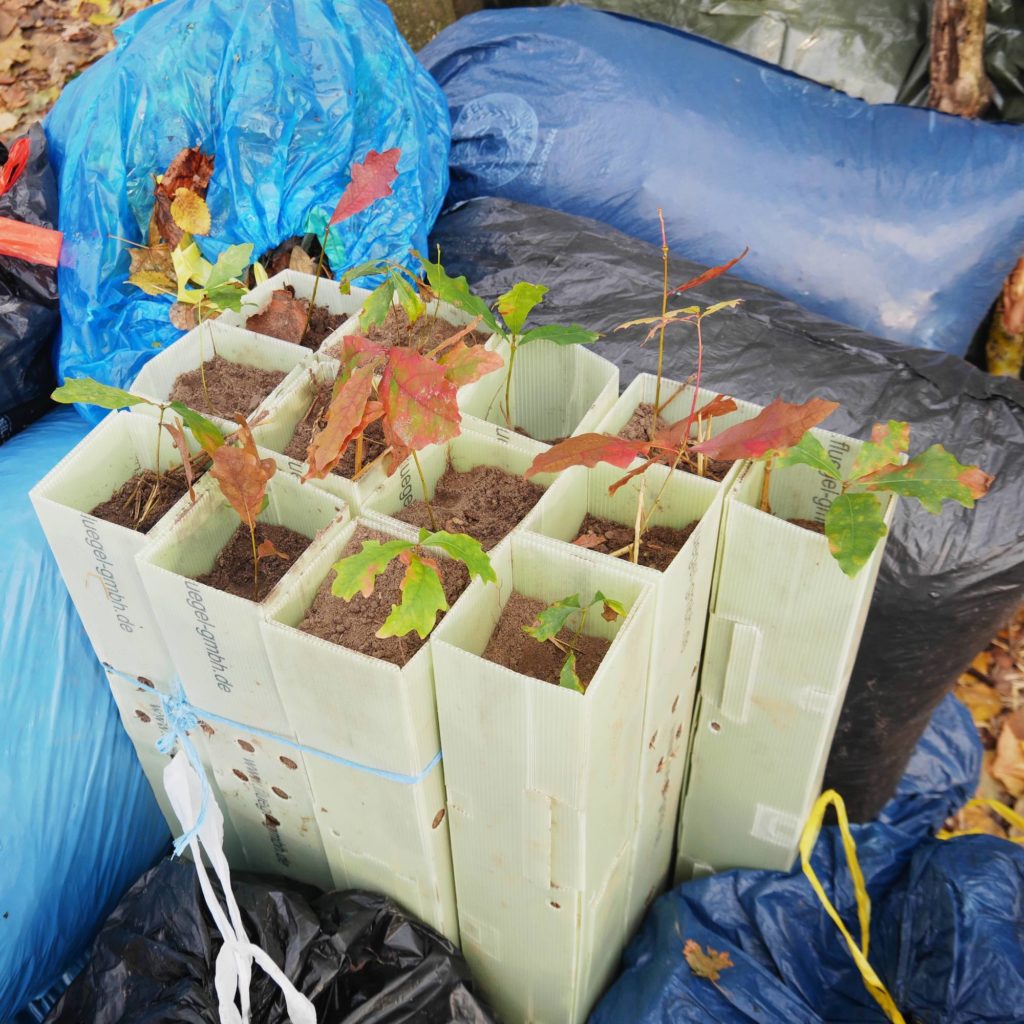
The diversity in our range of varieties will increase from year to year. All species should be edible. The focus is on the one hand on regionally adapted varieties and on the other hand on plant species that are particularly resistant to the climate changes predicted by science in our region. For the latter, slow-growing species from North America, such as red and white oaks, are suitable, for example. We are very aware of the concerns and risks related to the introduction of neophytes. The Chinese god tree, introduced to Europe 150 years ago, can now hardly be controlled in its spread in Berlin and has a tendency to overgrow and displace native tree species. The American tree species in our nursery, with their excellent useful properties, need several decades before they are able to form seeds and reproduce. Thus, the risk of them spreading by leaps and bounds as neophytes in the Brandenburg landscape is very low.
